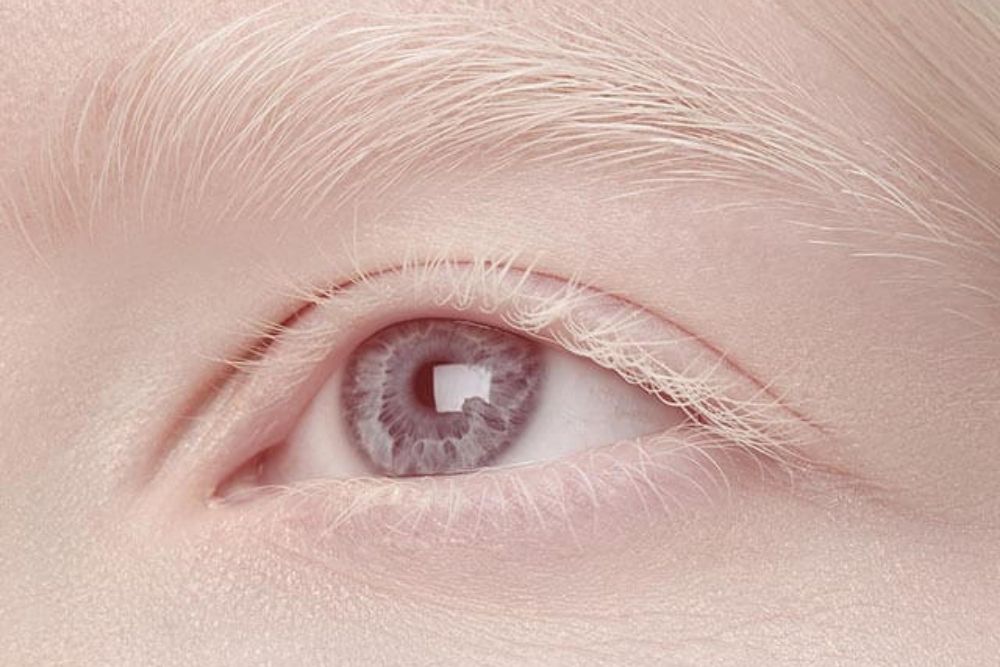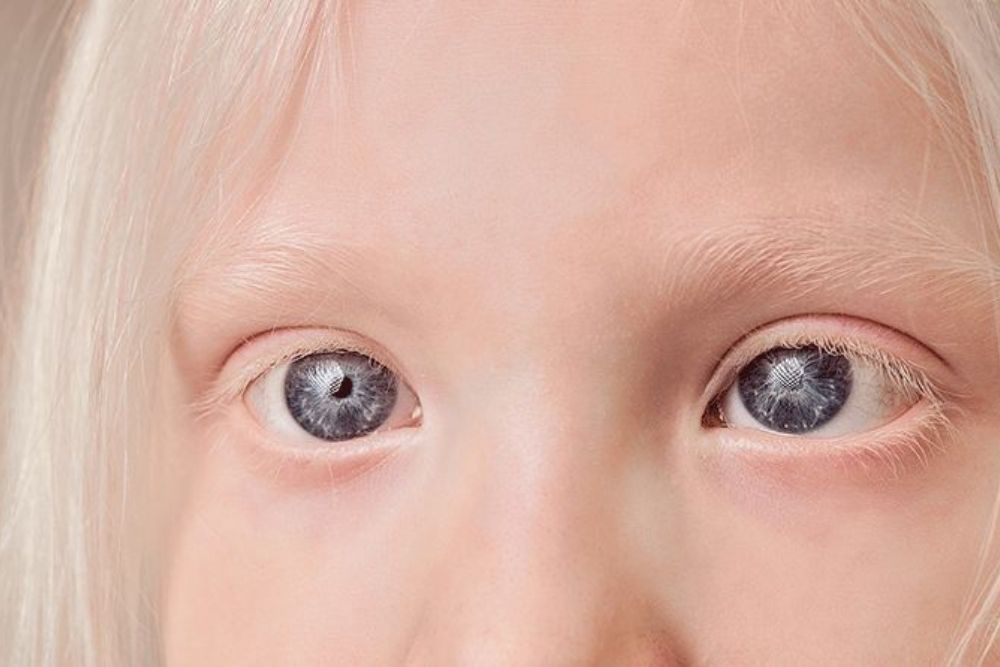Albinism is a condition where the body of an individual is having difficulty in creating pigment. The pigment is a material in the body that is responsible for producing color. Albinism can be passed from parent to child which makes it a hereditary condition. There are two types of albinism which are oculocutaneous albinism and ocular albinism. Both types of albinism cause vision problems such as low vision.
Oculocutaneous albinism or OCA is evident in the skin, hair, and eye of the affected individual. OCA occurs because there is a decreased pigment in the said areas. Ocular albinism is the second type of albinism that affects the eyes only. It can be observed that the color of skin and hair are normal or near the normal one. If a child has ocular albinism, it will not be easily distinguished in appearance because there is no difference. The first symptom of albinism is eye problems.
Since albinism is a hereditary condition, it is caused by a genetic mutation. The production of melanin which is the pigment that protects the skin from ultraviolet rays is disrupted. The proper development of the eye requires melanin. The retina and optic nerve may not develop properly if there is no melanin.
Symptoms of Albinism

A wide range of eye problems can occur with albinism. There are instances where people with albinism have normal hair and skin color. You cannot always notice any lack of color, the basis will be eye problems.
The symptoms may include:
● Nystagmus
● Misalignment of the eyes or strabismus
● Photophobia or light-sensitive
● Refractive errors such as hyperopia, myopia, and astigmatism
● Monocular vision
● Foveal hypoplasia
● Problem with the optic nerve
● A problem in the iris
Individuals that have the least amount of pigment tend to have the poorest vision. People who have albinism can have a vision that ranges from normal vision to severe vision impairment.
Treatment for Albinism

Unfortunately, albinism has no treatment. There are conditions that are related to albinism that can be treatable and manageable. Take for example, strabismus. This condition can be treated and managed with surgery or glasses. There will be improved vision and reduced light sensitivity with the use of glasses. Children and adults with albinism can have peer support groups to be able to help them feel less isolated, be optimistic, and learn coping skills from other people who have similar low vision.



